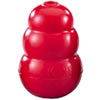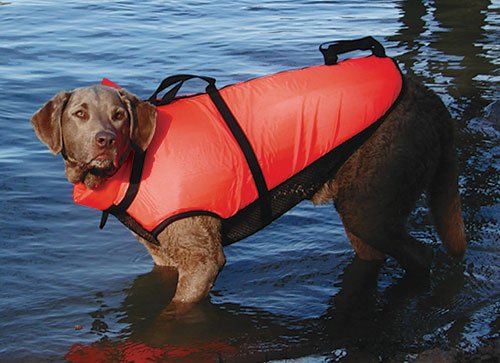
Roundworms are the most common parasite that infects the digestive tract of canines. While talking about parasites may not be pleasant, owners need to educate themselves about their pet抯 health and wellbeing.
There are 2 types of Roundworms that effect dogs: Toxascaris leonine and Toxocara canis. This article will focus on Toxascaris Canis, as it is the more common of the two.
There are 4 ways a dog can contract T. Canis: ingestion of eggs, ingestion of a host, by larvae through the uterus, or by larvae as consumed through mother抯 milk.
It only takes about 4 weeks for a T. Canis egg to mature into an adult roundworm that is capable of laying eggs of its own and carrying on the lifecycle. One single female T. Canis can produce 200,000 eggs per day!
Symptoms: A pot belly is the most common sign of roundworms ?especially in puppies. This symptom occurs in adult dogs as well. Sometimes dogs will be skinny, with the exception of a large belly. The coat may be dull and some animals may develop loose stool or vomiting. If the migration of the larvae has continued into the lungs, it can lead to pneumonia.
In the case of a severe infection, roundworms are sometimes able to be seen in vomit or feces. They appear almost spaghetti-like and range from 3-8 inches in length. A fecal sample is taken and examined under a microscope to detect immature roundworm eggs.
Treatment: There are many wormers that kill adult roundworms, however they will not affect the larvae. This is why your veterinarian should recommend treating with repeat doses of worming medication. With puppies, it is routine for them to receive at least 3 doses of worming medication to ensure that the treatment is effective. For adult dogs, your veterinarian will advise you on the best course of action. Many heartworm preventatives also contain an ingredient that kills roundworms. This will help keep your dog free from future infestations. Yearly fecal exams are recommended.
Precautions:
Humans can become infected with Roundworms! This is most common in children as they often play in dirt and will then put their hands in their mouths. If they ingest eggs, infection can occur. Do not allow children to play in areas which dogs use as a bathroom. Direct contact with an infected dog rarely leads to human infection. The eggs need to be ingested, thus diligent hygiene practices should be followed if your dog is being treated for a parasitic infection.
 Do You Deserve Your Dog?
Credit: sixninepix
Do You Deserve Your Dog?
Credit: sixninepix
 Eight Great (and durable) Dog Toys
Eight Great (and durable) Dog Toys
There are thousands of
Eight Great (and durable) Dog Toys
Eight Great (and durable) Dog Toys
There are thousands of
 Fido Float Dog Life Jacket Size Medium
As family members, our dogs
Fido Float Dog Life Jacket Size Medium
As family members, our dogs
 How to Build a Wheelchair for Your Dog
If You Build It, They Will Walk!
How to Build a Wheelchair for Your Dog
If You Build It, They Will Walk!
 Durable Dog Toy Outlasts the Strongest Jaws
Credit: Jeannine T
Durable Dog Toy Outlasts the Strongest Jaws
Credit: Jeannine T
Copyright © 2005-2016 Pet Information All Rights Reserved
Contact us: www162date@outlook.com